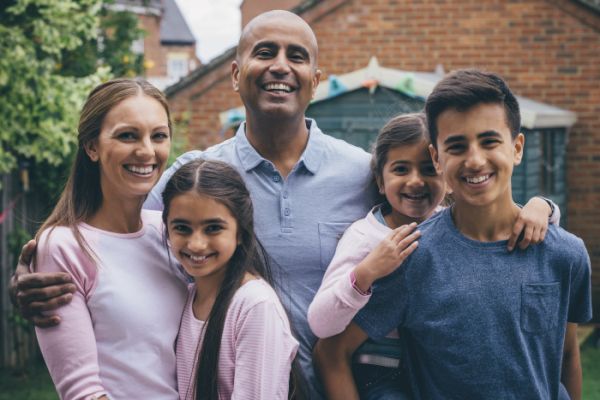Recent economic challenges and the developing cost-of-living crisis are exacerbating the effects of widening mental health inequalities, already laid bare by the legacy of the pandemic. Access to preventative and postvention mental health support, including counselling, psychotherapy and suicide prevention services, are therefore more important than ever.
I attended the National Suicide Prevention Alliance (NSPA) Conference at the Kia Oval, London. The sold-out event heard from global experts including Sir Louis Appleby, who leads the National Suicide Prevention Strategy for England and Professor Ann John, Professor in Public Health and Psychiatry at Swansea University. The event was also attended by key stakeholders within the mental health sector, including representatives from Mind and the Samaritans, as well as counselling services such as the Jacob Abraham Foundation.
Workshops on the day highlighted the strong correlation between the performance of the economy and suicide rates. When studying the suicide rate in England over the previous century, we find that the lowest rate was around 2007, with the rate in 2017 almost as low. During the decade between the two, the rate rose by around 700 excess deaths per year. Whilst clearly not the only factor involved, the 2008 financial crisis and subsequent economic recession was a critical component to this rise.
While many commentators including the Office for Budget Responsibility predict the UK economy will be in recession for most of 2023, together with the biting impact of the ongoing cost of living crisis, we're beginning to see stark implications for the mental health of the nation. This re-emphasises the need for long-term planning and investment in psychological services and interventions.
Another key theme throughout the Conference was mental health inequalities. In particular, the effects on mental health of the intersectionality between various protected characteristics as defined by the 2010 Equalities Act - this includes age, disability, race, ethnicity, religion, sex and sexual orientation.
For example, we know that suicide and self-harm rates are higher for people with autism than the general population. We also know this to be true for those in the LGBTQ+ community. A recent study by the University of Cambridge (2021) found that autistic teenagers and adults are eight times more likely to identify as asexual or of other sexuality than their non-autistic peers. This indicates a worrying overlap in the risk of mental ill health and self-harm for those represented in multiple marginalised demographics.
However, it was pleasing to hear that the UK Government plans to introduce a new Suicide Prevention Strategy, building on their 2012 strategy and commitments in the Long Term Plan for Mental Health, due to be published in the summer. We hope that this will go some way to addressing these concerns and improving access to appropriate support that is tailored towards the impacts of the cost of living and mental health inequalities.
Finally, despite talk of the bigger picture and the implications for policy, political leverage and funding decisions, my attendance at the conference was a vital reminder that when looking at suicide prevention through the lens of statistics and data, we must always take the time to remember and recognise that each plot on a graph and each number or percentage point within a chart, represents a life - tragically lost to suicide and a family bereaved.
So, while we'll continue to campaign for investment in access to timely and appropriate services for those suffering with mental ill-health and risk of suicide or self-harm, this is and always will be, framed around such recognition.
Read more...

Children, young people and families
Promoting the importance of early intervention and access to timely psychological therapies for children, young people and families is a priority for BACP.

Advancing the profession
How we work to promote counselling and psychotherapy

Blogs and vlogs 2023
News and views from members, staff and clients
